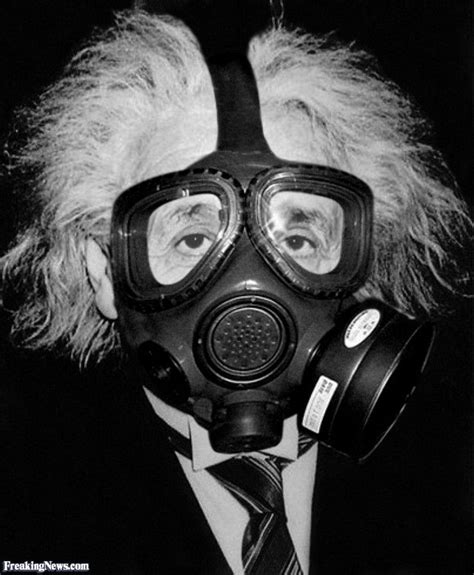Chronic obstructive pulmonary disease (COPD), which includes chronic bronchitis and emphysema, is a long-term lung disease that makes it hard to breathe. Impacting 11.7 million people in the United States, many people think of it only as a disease that impacts people who smoke and use tobacco products, but long-term exposure to dust, chemicals, fumes and vapors from the workplace are also risk factors.
In fact, work-related exposures account for 10-20% of either respiratory symptoms or lung function impairment consistent with COPD.
The leading industries and job types that increase risk for COPD include agriculture, mining and manufacturing, however many types of workplaces, from construction to welding, can potentially expose workers to harmful irritants that can contribute to developing COPD. Workplace exposures include:
Secondhand smoke
Mineral dusts like silica, coal and asbestos
Organic dusts like cotton, wood and grains
Metal or welding fumes like cadmium
Diesel or exhaust fumes
Asphalt, tar fumes, or vapor in roads or roofing
Smoke from fires


